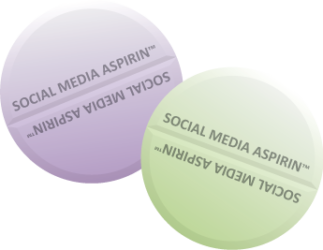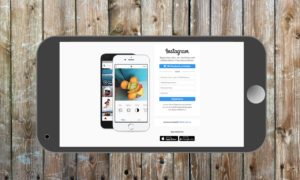You have a new book coming and you want the world to know. If you don’t build up excitement and get people talking, that release may fail to reach your expectations. Never fear! We have some great tips for building excitement for your work and creating that buzz you’re wishing for.
Get Creative!
Your book is unique to your audience. It’s easy to fall back on standard promotional tactics, but that’s not going to get your audience pumped for your next book. Instead, figure out what’s unique about your book and try to showcase it in some way.
Let’s say you wrote a time management guide to launching a home business when you’re already working full-time. You could provide free printables or digital templates to guide readers through the process.
Fiction books have many options of their own. What if you wrote a thriller that took place in an abandoned theme park? Try to take a tour of one and bring your readers along via vlogs, Instagram stories, and more. These personal touches change the scope of promotion from salesy to inspiring.
Social Media
Sharing on social media is a wonderful way to build excitement, but don’t forget to make your content easy to share! Embedding a retweet button that automatically populates a precrafted tweet is a wonderful example. Social Media Examiner shows you how to do this for PDF documents. This is perfect for any printables, chapter excerpts, or other downloadable content you create in your promotion package.
Social share buttons are also important! It provides instant social proof to first-time visitors of your page. You want people to share your work. The more shares a post receives, the more you’ll pique the curiosity of your potential readers.
Ads
Build targeted ads is a great way to gain a readership. This may take time and effort, but social media and ad analytics can help guide you in the right direction.
Press Release and Launch Pages
Create a launch page that provides ways for others to get the word out about your book. It should contain your book cover, title, blurb, links to any free content you offer (first chapter, outline, printables, workbooks, etc.), promotional images, preset retweet links, Facebook presets, and links to all other books in the series. It should be easy on the eyes and mobile friendly.
Get Your Readers Involved
Your readers want to get the word out, so give them incentive to do so! Contests, swag, and recognition can work wonders at getting people excited about your book. After release, hold contests where people share images of them holding your book.
Behind the Scenes Content
Everyone loves to see what goes on behind the scenes. Show your research notes, snippets of interviews, favorite non-fiction books and documentaries that helped you along the way.
Create a Discount Run with Another Book
If your book is part of a series, discount the first book. If it’s in a similar niche, do the same.
Videos
Finally, don’t underestimate the power of videos. Whether you vlog about your book, interview people to share research, record testimonials, create book trailers, or just make teasers, video is an exceptional way to reach a wide audience.
These were just some tips to get you started. Which one will you tackle first?









